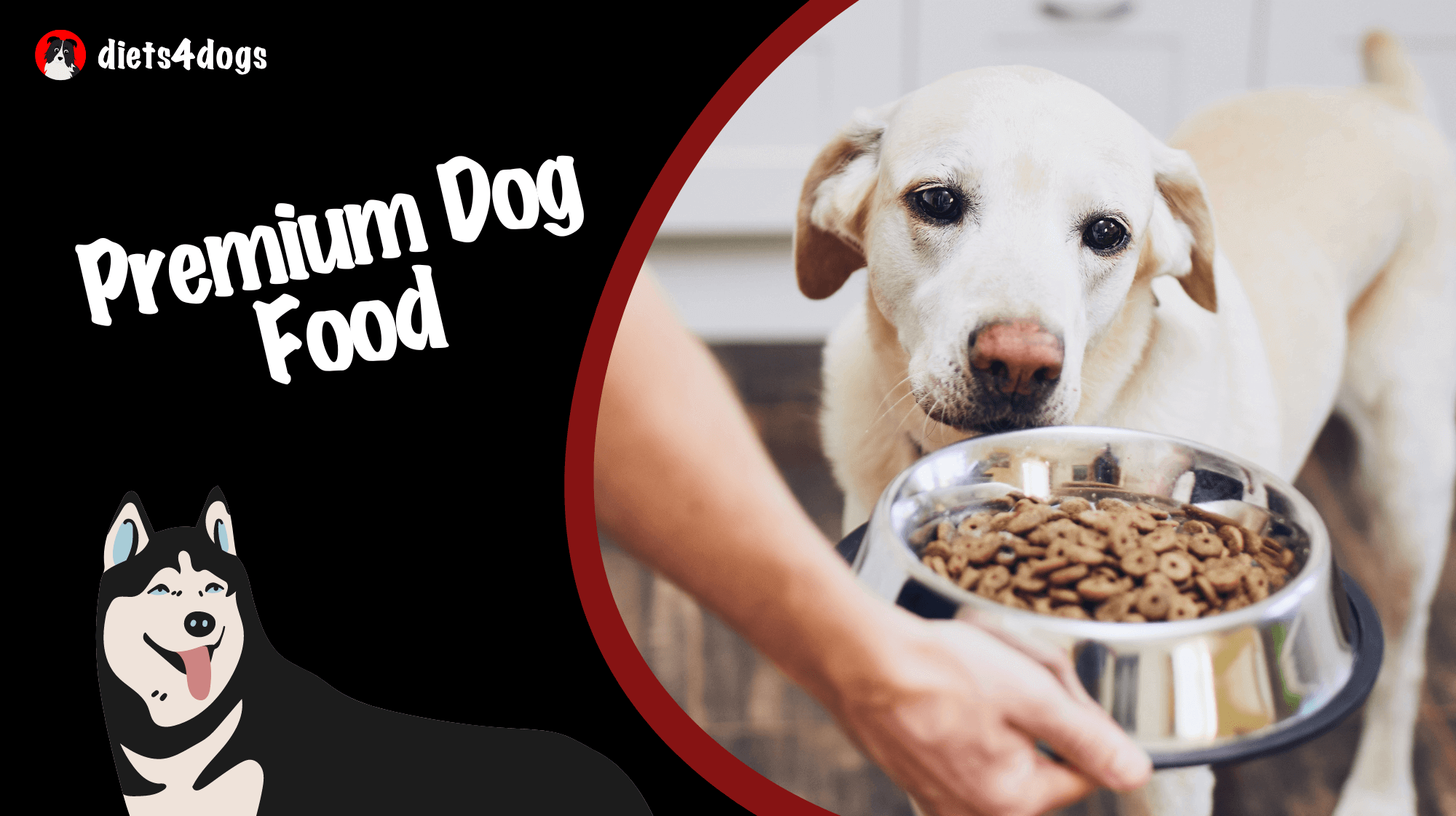Can Dogs Eat Clementine
Yes, dogs can eat clementines in moderation. Clementines are a source of vitamins and minerals, such as vitamin C and potassium, which can contribute to a dog’s overall health. However, dogs should not consume large quantities as the sugar content may lead to digestive issues or weight gain. Additionally, remove seeds and peels before feeding a clementine to your dog, as these parts can pose choking hazards or cause gastrointestinal discomfort.
Introduction to Clementines
Clementines are a popular citrus fruit known for their sweet taste, easy peeling, and convenient seedless nature. They’re a hybrid between a mandarin and a sweet orange, and they’re packed with vitamins and minerals, making them healthy for humans. But what about our furry friends? Can dogs eat clementine?
Can Dogs Eat Clementine?
Yes, dogs can eat clementines in moderation. While clementines are not toxic to dogs, they’re not necessarily the best option for a regular dog snack. Feeding your dog small portions of clementine can help introduce new flavors and provide some health benefits without causing any negative side effects. However, it is important to keep an eye on the quantity your dog consumes, as too much can lead to digestive issues or weight gain.
Health Benefits of Clementines for Dogs
Vitamin C
Clementines are an excellent source of vitamin C, an essential antioxidant that can help support a dog’s immune system. Vitamin C assists in collagen production, which is crucial for maintaining healthy skin, fur, and joints. While dogs can produce their own vitamin C, adding a small amount of clementine to their diet may provide a natural boost to help ensure their overall health.
Potassium
Another beneficial nutrient in clementines is potassium, which plays a vital role in nerve and muscle function, as well as maintaining a healthy balance of fluids in your dog’s body. While dog food typically contains sufficient potassium, a small serving of clementines might provide a tiny extra dose that could benefit your dog’s health.
Fiber and water content
Clementines are rich in fibers that can help support proper digestion in dogs. In addition, their high water content can aid in hydration, keeping your dog’s skin and fur healthy and contributing to overall wellness.
Precautions When Feeding Clementines to Dogs
Remove seeds and peels
Before sharing a clementine with your dog, ensure that you remove any seeds and peels. Although clementines are usually seedless, occasionally you may find a few seeds within the fruit. Seeds may pose choking hazards or cause gastrointestinal discomfort. Similarly, the peels are not easily digestible and may lead to gastrointestinal problems if consumed by your dog.
Limit the quantity
Remember to keep the serving size small, as clementines contain sugar, which can lead to weight gain or diabetes in dogs if consumed in large amounts. One or two sections of a clementine should be enough for smaller dogs, while larger dogs can safely consume up to half a clementine. Always keep an eye on your dog for any adverse reactions whenever you introduce new foods into their diet.
Alternatives to Clementines for Dogs
If your dog enjoys the taste of clementines but you’d like to explore other fruits that might be more beneficial, consider the following options:
- Blueberries: Rich in antioxidants, blueberries can help support a dog’s immune system and contribute to overall health.
- Apples: Apples provide a good source of vitamin C, and they can also help with dental hygiene by scraping away plaque and tartar.
- Watermelon: Seedless watermelon is an excellent hydrating snack, full of vitamins A and C, potassium, and fiber.
In conclusion, while clementines are not toxic to dogs and may be enjoyed in moderation, you should always closely monitor portion sizes to avoid potential issues. Stick to the specially formulated dog food for their primary source of nutrition and only offer clementines or other fruits as occasional treats.
Citrus Allergies in Dogs
While clementines are generally safe for dogs to eat, some dogs may have a sensitivity or allergy to citrus fruits. If you’re unsure whether your dog can safely consume clementines, it’s best to observe any potential symptoms when introducing this fruit. Signs of a citrus allergy in dogs include itching, hives, vomiting, diarrhea, and difficulty breathing. If you notice these symptoms after feeding your dog clementine, stop feeding the fruit immediately, and consult your veterinarian for advice.
Diabetes and Obesity in Dogs
As mentioned before, the sugar content in clementines can contribute to weight gain and an increased risk of developing diabetes in dogs, especially when consumed in large quantities. Dogs that maintain a healthy weight and follow a nutritionally sound diet are less likely to suffer from these issues. If your dog is already overweight or has diabetes, avoid feeding them clementines or any other high-sugar fruits, and consult your veterinarian to develop an appropriate diet plan to manage their condition.
Balancing Your Dog’s Diet
Offering treats like clementines can be an enjoyable way to engage with your dog and enrich their diets. However, it is crucial to remember that your dog’s primary source of nutrition should come from their regular dog food or a diet formulated by a veterinary nutritionist, which meets all of their nutritional needs. Treats such as clementines or other fruits should make up no more than 10% of their daily caloric intake, ensuring their diet remains balanced and complete.
Treats vs. Food Rewards
When training or reinforcing good behavior, many pet owners use food rewards or treats. While clementines could be an occasional option, they are not the best choice for consistent training rewards. Instead, consider using small, protein-rich dog treats or even kibble, which typically have lower sugar levels and keep your dog’s focus during training sessions.
Clementines and Puppies
If you have a young puppy, it’s best to focus on providing them with age-appropriate, nutritionally balanced dog food, and avoid offering clementines or other fruits as treats. Puppies have specific dietary needs that must be met for proper growth and development, and too many treats, particularly those high in sugar, can upset their balanced diet. As your dog matures and their nutritional requirements stabilize, consider introducing clementines in moderation as an occasional treat, always under close supervision.
Frequently Asked Questions (FAQ)
Here are some common questions and NLP-style answers related to dogs eating clementines to help you make informed decisions about your dog’s diet and treat options:
1. Can dogs eat other types of citrus fruits?
Yes, dogs can eat some citrus fruits, like oranges and tangerines, in moderation. However, avoid feeding them fruits like grapefruit and lemons, as they contain high levels of citric acid, which can cause gastrointestinal issues.
2. Can dogs consume the skin or peel of clementines?
No, dogs should not consume the skin or peel of clementines. The peel can be difficult to digest and may cause gastrointestinal discomfort or blockage.
3. How often can I give my dog clementines?
Clementines should be offered as an occasional treat, no more than once or twice a week, keeping in mind the 10% rule for treats and maintaining a balanced diet.
4. What other fruits can I safely feed my dog?
Aside from clementines, other safe fruits for dogs include blueberries, apples (without seeds), watermelons (seedless), bananas, and strawberries. Always feed fruits in moderation to avoid digestive issues or weight gain.
5. Are seeds from clementines harmful to dogs?
While clementines are usually seedless, any seeds found should be removed before feeding to your dog as they may pose a choking hazard or cause gastrointestinal discomfort.
6. Can clementines help my dog’s immune system?
Yes, clementines contain vitamin C, which can help support your dog’s immune system. However, your dog should primarily receive their nutrients from a balanced diet or specially formulated dog food.
7. Can dogs have clementine juice?
It’s best not to give dogs clementine juice, as it contains concentrated sugars without the fiber found in the whole fruit, increasing the risk of weight gain and diabetes.
8. What are the signs of a citrus allergy in dogs?
Common signs of a citrus allergy in dogs include itching, hives, vomiting, diarrhea, and difficulty breathing. Consult your veterinarian if you suspect your dog has a citrus allergy.
9. How much clementine can my dog eat?
For smaller dogs, one or two sections of a clementine should be enough, and larger dogs can safely consume up to half a clementine. Always monitor portion sizes and watch for any adverse reactions.
10. Can feeding my dog clementines lead to dental issues?
No, clementines are not linked to dental issues in dogs. However, the sugar content may contribute to weight gain and diabetes if fed in large quantities or frequently. Stick to a balanced diet with occasional treats like clementines to maintain your dog’s overall health.












